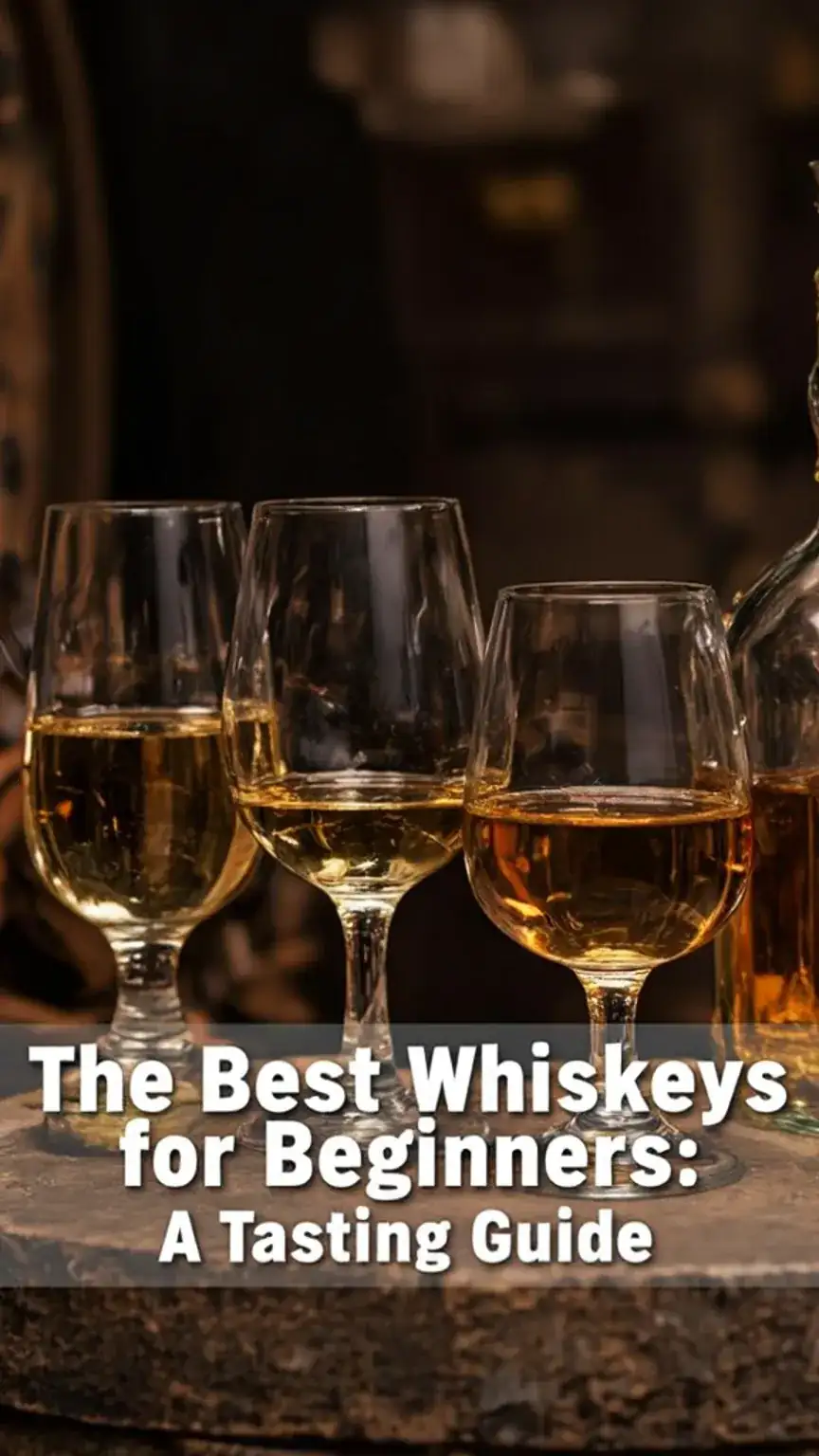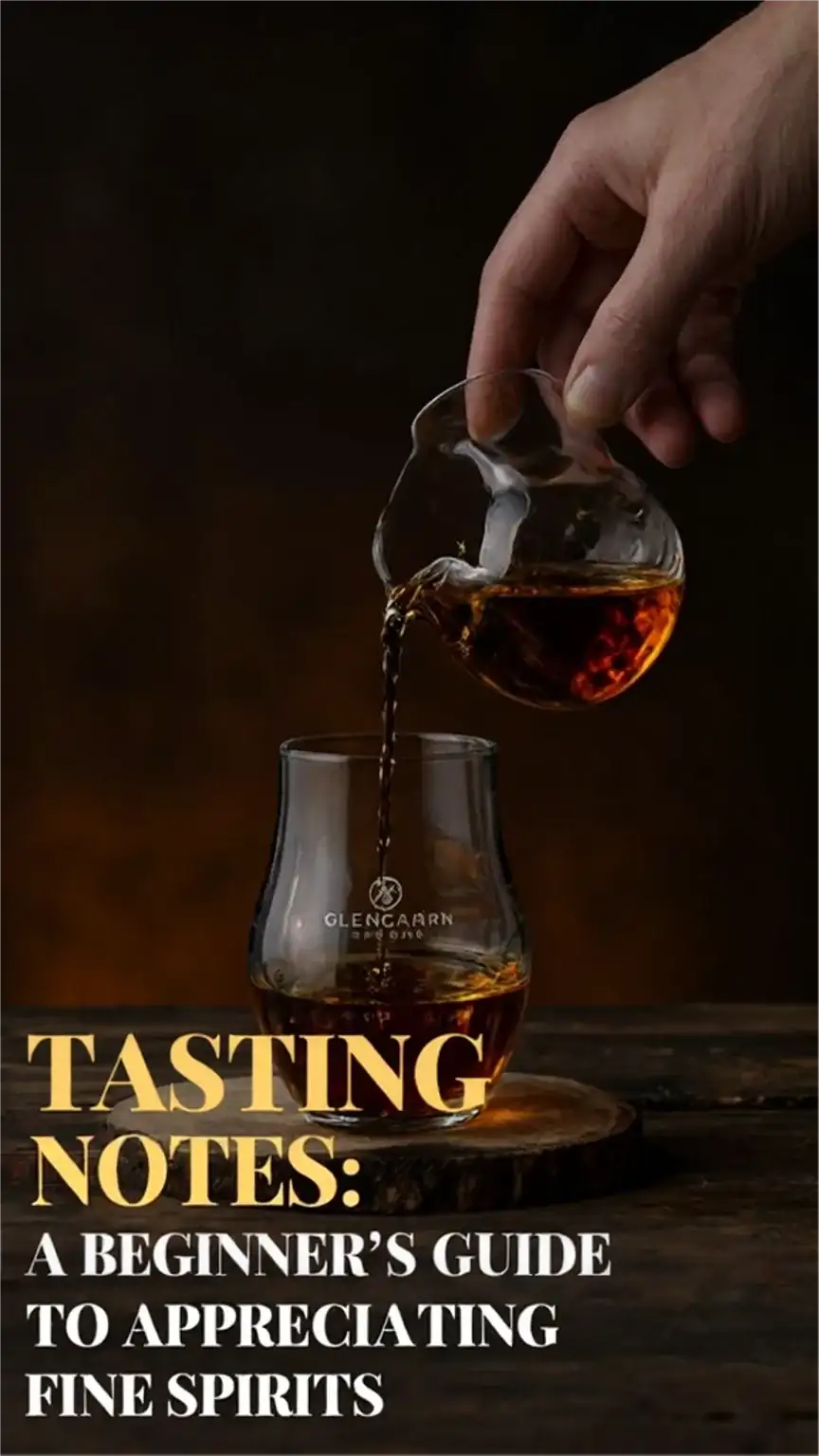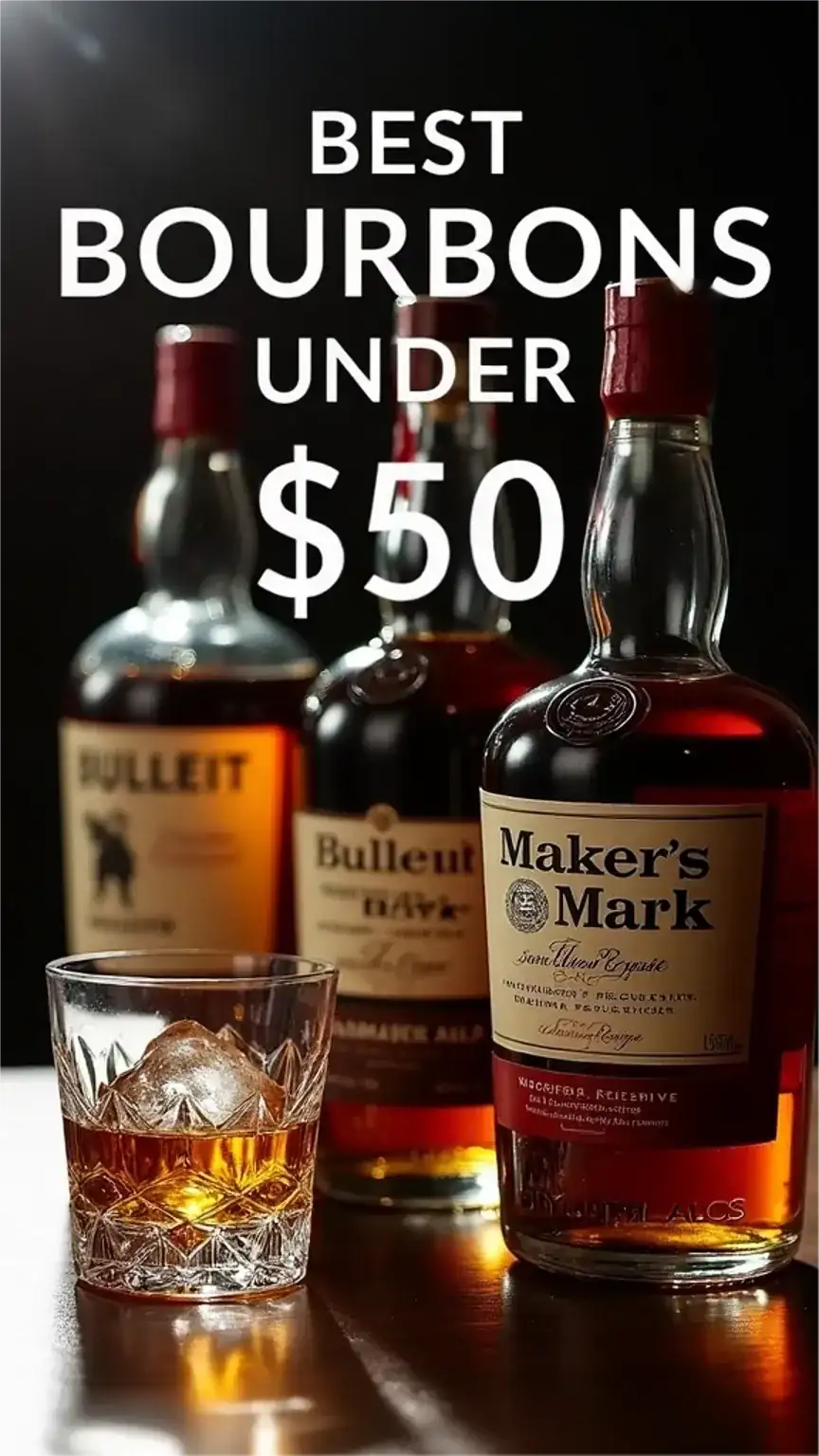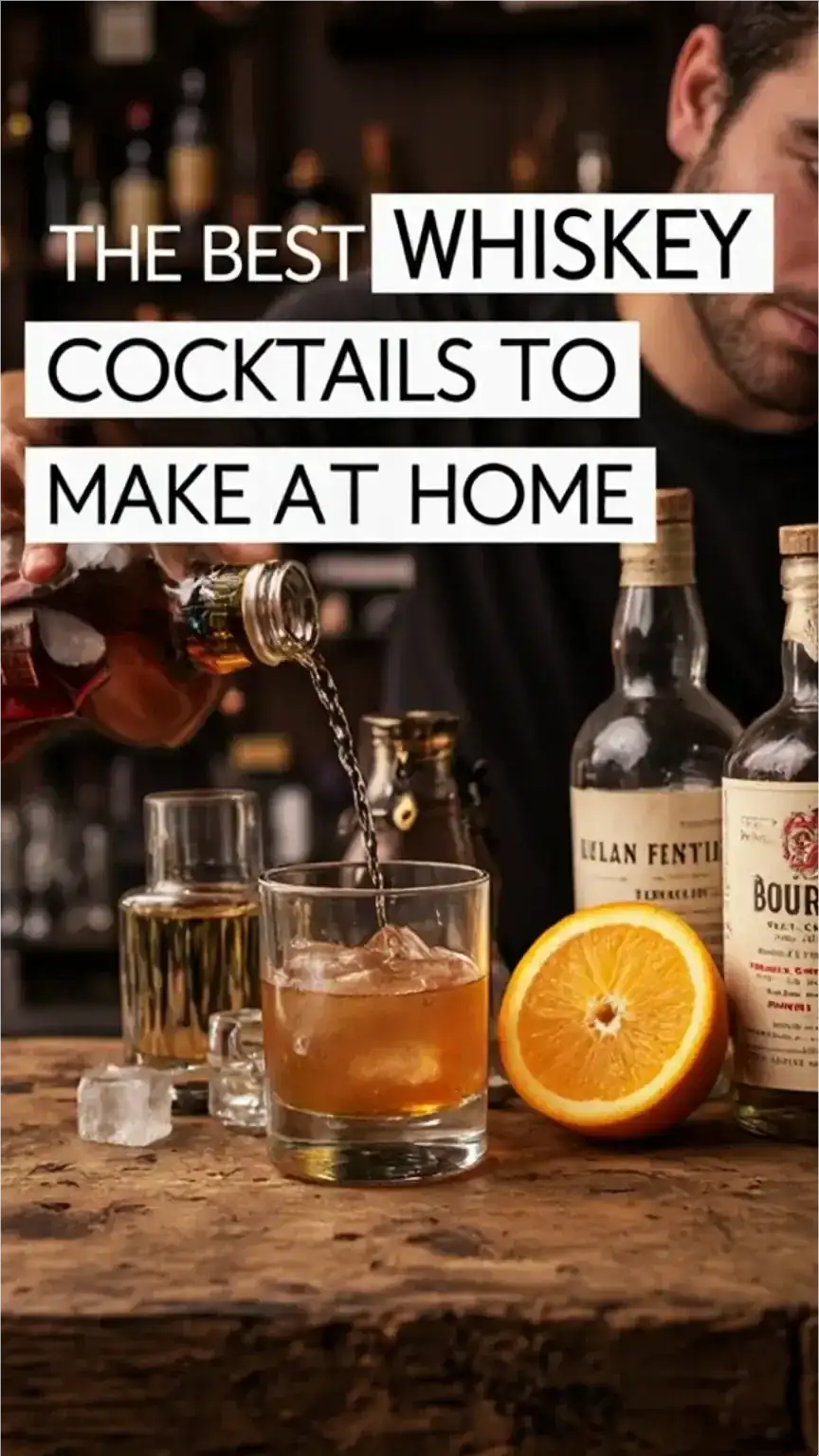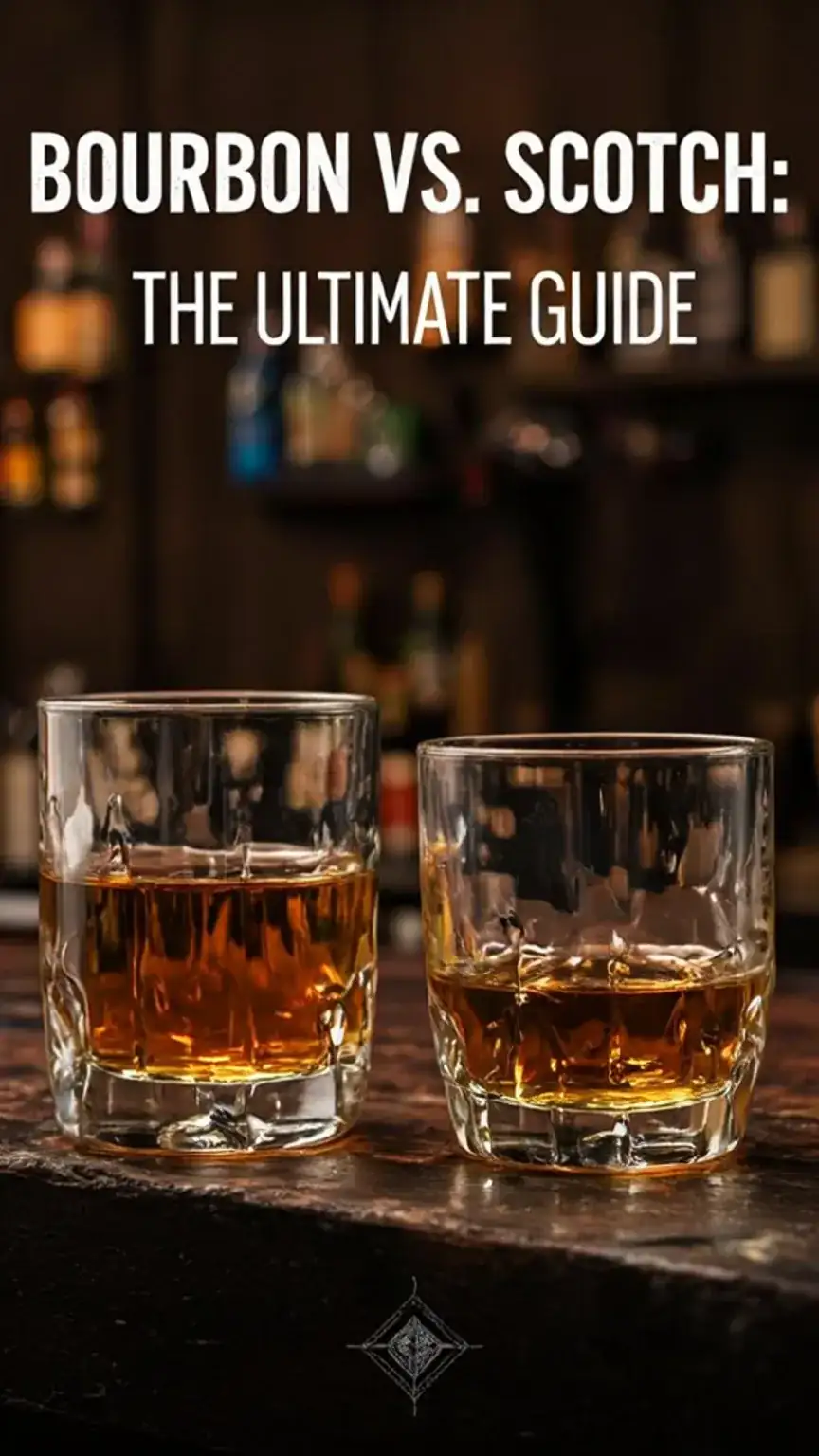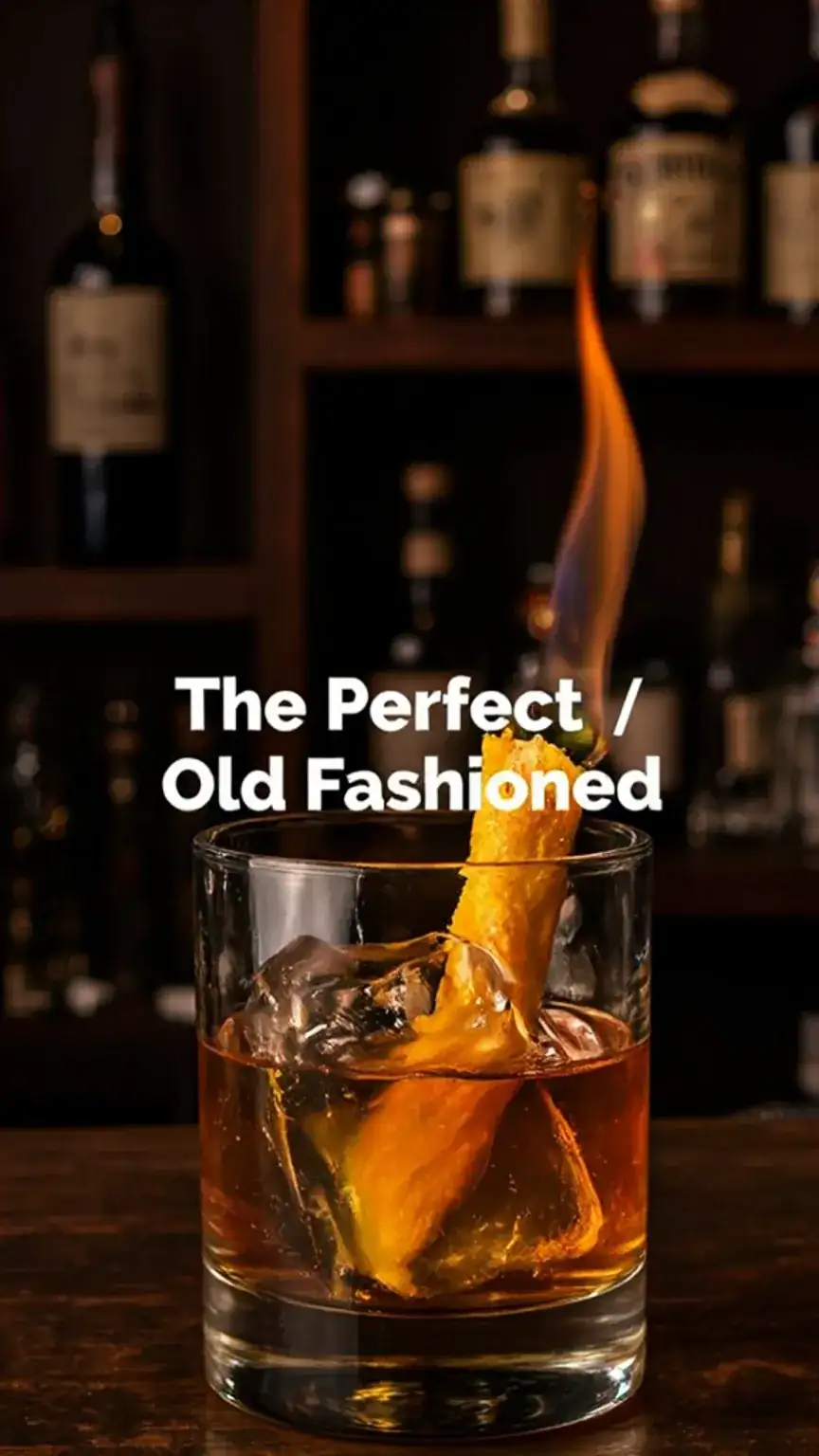⚠️ Gentleman’s Notice – Alcohol content inside. Savor responsibly.
As a guy who’s been there, I know that diving into the world of whiskey can be intimidating. The sheer number of bottles, the jargon, the traditions – it’s enough to make even the most adventurous man retreat to the familiar comfort of a cold beer. But trust me, it’s worth it. There’s something special about sipping on a fine dram after a long day, a ritual that can elevate a simple evening into a moment of refined pleasure. I’m Mercer Wexley, and after years of exploring this complex spirit, I’m here to help you get started, cutting through the noise to reveal the best whiskeys for beginners.

Imagine walking into a dimly lit bar, confidently ordering a whiskey that perfectly suits your palate, and truly appreciating the craft in your glass. That’s the experience we’re aiming for. Forget feeling out of your depth; this guide is designed to equip you with the knowledge and confidence to navigate the exciting landscape of whiskey, one delicious sip at a time. Whether you’re looking to impress a date, expand your home bar, or simply treat yourself, making classic whiskey cocktails is a great way to impress.
Why Whiskey for the Modern Man?
In today’s world, personal branding and refined taste are more important than ever. Your choices, from your attire to your evening drink, speak volumes about who you are. Whiskey, with its rich history and diverse character, offers a fantastic avenue for self-expression and sophisticated enjoyment. It’s a drink that’s as at home in a boardroom as it is by a fireplace, symbolizing a certain gravitas and appreciation for the finer things. For women seeking to understand the men in their lives, appreciating their partner’s interest in whiskey can be a bridge to deeper connection. Ladies, bookmark this for the man in your life who might be curious but unsure where to begin.
For many men, the journey into whiskey begins with a desire to elevate their experiences. It’s about more than just drinking; it’s about appreciating craftsmanship, understanding tradition, and discovering nuanced flavors. This guide aims to demystify that process, providing a clear roadmap for those who want to embark on their whiskey adventure with confidence. After all, your discerning taste shouldn’t be a mystery; it should be a celebration.
Step 1: Understanding Whiskey Types – The Foundation of Your Journey
Before we dive into the tasting guide, it’s essential to understand the different types of whiskey. Think of this as building a solid foundation for your appreciation. There’s bourbon, scotch, Irish whiskey, rye, and more, each with its unique characteristics, flavor profiles, and, crucially, production methods. Taking some time to learn about these distinctions will significantly better equip you to navigate the vast world of whiskey and make informed choices. It’s like learning the difference between a tailored suit and off-the-rack; the nuances matter. Learn what sets these two spirits apart.
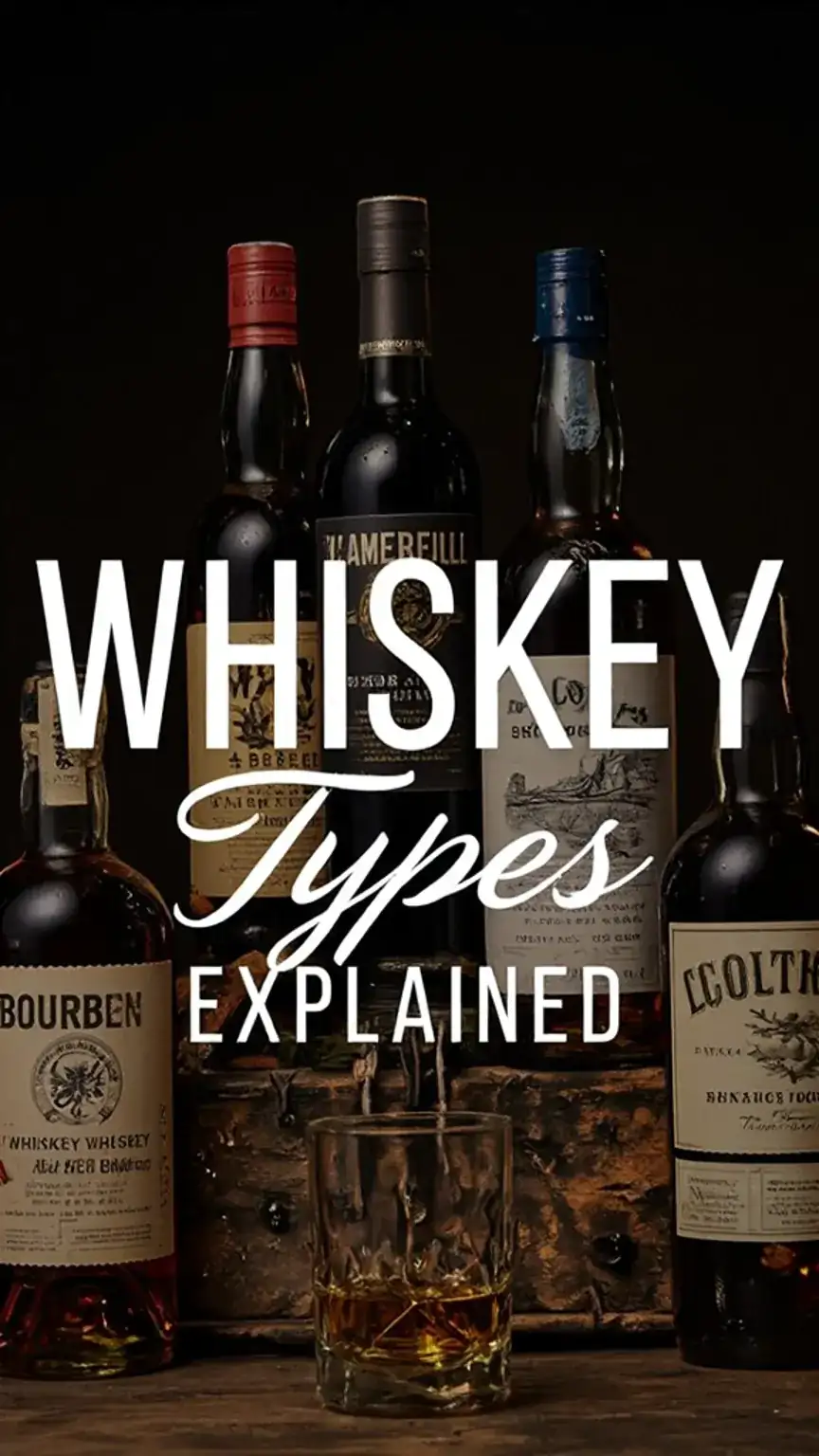
Each category represents a distinct heritage and approach to distillation and aging. For example, Bourbon, America’s native spirit, must be made in the US with a mash bill of at least 51% corn and aged in new, charred oak barrels. This process often results in a sweeter, more caramel-forward profile. Scotch, on the other hand, hails from Scotland and has strict regulations, including being aged for at least three years in oak casks and being made from malted barley. Consequently, scotch often exhibits a wider range of flavors, from light and fruity to intensely smoky and peaty.
Similarly, Irish whiskey is known for its smooth, often triple-distilled character, typically resulting in lighter and more approachable flavors. Rye whiskey, made with at least 51% rye, often presents a spicier, drier profile compared to bourbon. Understanding these fundamental differences is your first major step in deciphering the whiskey aisle. Furthermore, recognizing these categories will help you articulate your preferences as you begin to explore.
The Geography of Flavor
It’s also worth noting that the geography of whiskey production plays a significant role. Regions within Scotland, like Speyside, Islay, or the Highlands, each have distinct reputations for their whisky styles. Similarly, American whiskey has diverse regions, with Kentucky and Tennessee being prominent for bourbon and Tennessee whiskey, respectively. Knowing this context adds another layer to your appreciation and can guide your selections. For instance, if you’re drawn to smoky flavors, you’ll likely gravitate towards whiskies from the Islay region of Scotland. Conversely, if you prefer a sweeter profile, exploring bourbons from Kentucky might be your starting point.
Step 2: Knowing Your Flavor Profiles – Tasting Notes for the Aspiring Connoisseur
When it comes to whiskey, flavor profiles are absolutely everything. From the initial sweetness and smooth, mellow notes to the complex, smoky, and even spicy undertones, each whiskey offers a unique sensory experience. To get started, focus on identifying the flavor profiles that genuinely resonate with you. Discover your flavor profile. Do you find yourself leaning towards sweeter, fruitier notes? If so, you’ll likely enjoy bourbons with a higher rye content, which can impart a pleasant sweetness, or perhaps lighter, fruit-forward Scotches.
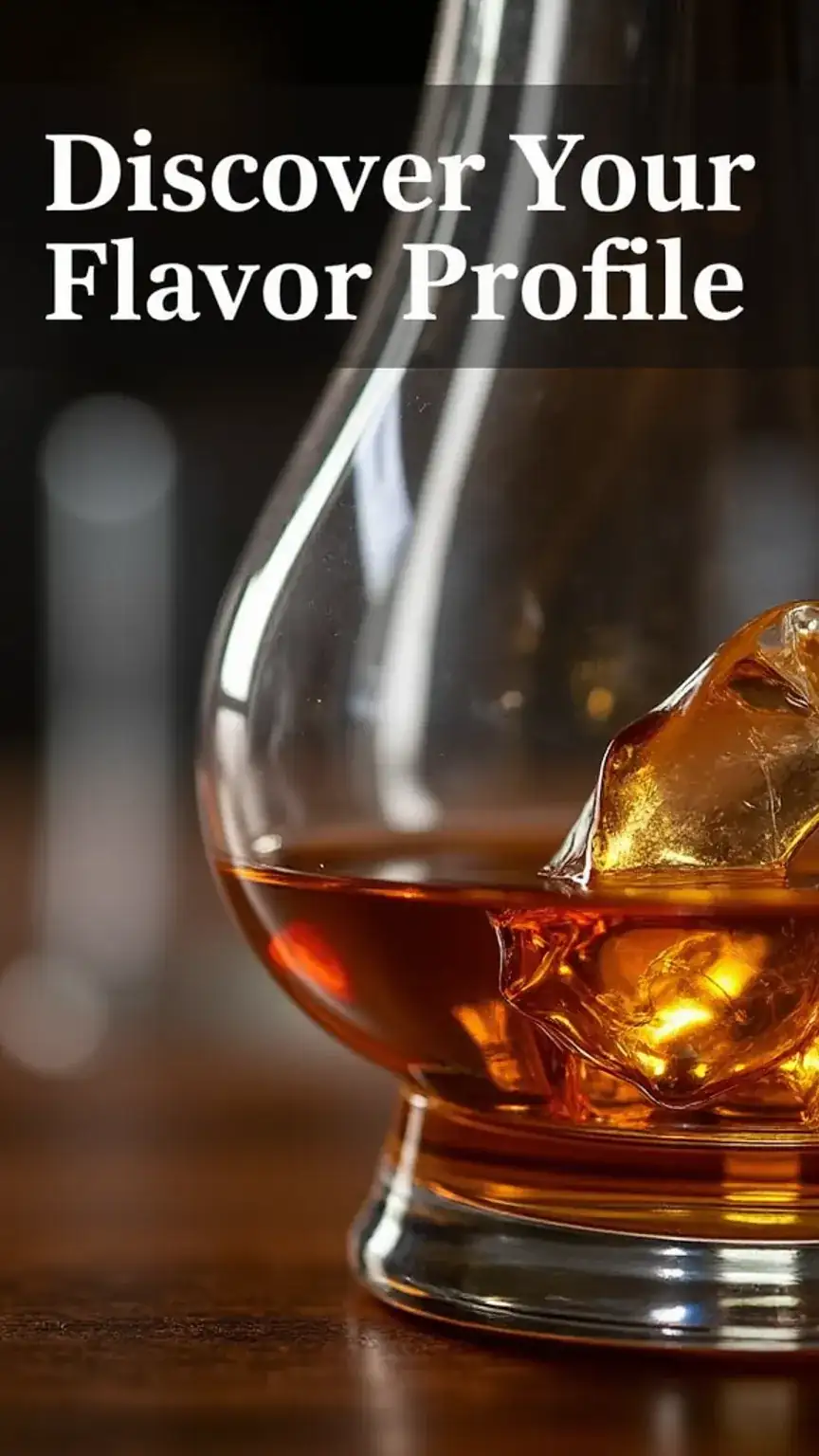
Conversely, do you prefer those intriguing smoky and peaty flavors that can transport you to the rugged Scottish coast? If that’s the case, you’ll want to explore Scotches, particularly those from regions known for their peated malts. Phenol content, often measured in parts per million (PPM), is a key indicator of smokiness in Scotch. A higher PPM generally means a more pronounced peaty, smoky character. Don’t be afraid to experiment; your palate is your guide.
Deconstructing the Taste: Common Flavor Families
To help you identify what you like, let’s break down some common flavor families you’ll encounter:
- Sweet & Vanilla: Often found in bourbons due to new oak aging, these notes can also appear in lighter Scotches. Think caramel, toffee, and baking spices.
- Fruity & Floral: This category includes notes like apple, pear, citrus, and even delicate floral aromas. Many Speyside Scotches and lighter Irish whiskeys fall into this group.
- Spicy & Peppery: Rye whiskey is a prime example, offering notes of black pepper, cinnamon, and clove. Some bourbons and even certain Scotches can also exhibit these characteristics.
- Smoky & Peaty: The signature of many Islay Scotches, these flavors can range from campfire smoke to medicinal iodine and seaweed.
- Oaky & Nutty: Oak aging imparts flavors like toasted nuts, leather, and dried fruit. Older whiskies, regardless of type, often develop these richer, more complex notes.
Pro Tip: Keep a small notebook to jot down your impressions after tasting. This will help you track your preferences and discover patterns in what you enjoy most. It’s a simple yet effective way to refine your palate and become a more discerning drinker.
Step 3: Tasting Like a Pro – Elevating Your Whiskey Experience
Now that you have a grasp of whiskey types and flavor profiles, it’s time to refine your tasting technique. Tasting like a pro isn’t about being pretentious; it’s about maximizing your sensory experience and truly appreciating the craftsmanship in every glass. Here are some essential tips to keep in mind as you begin your whiskey journey.
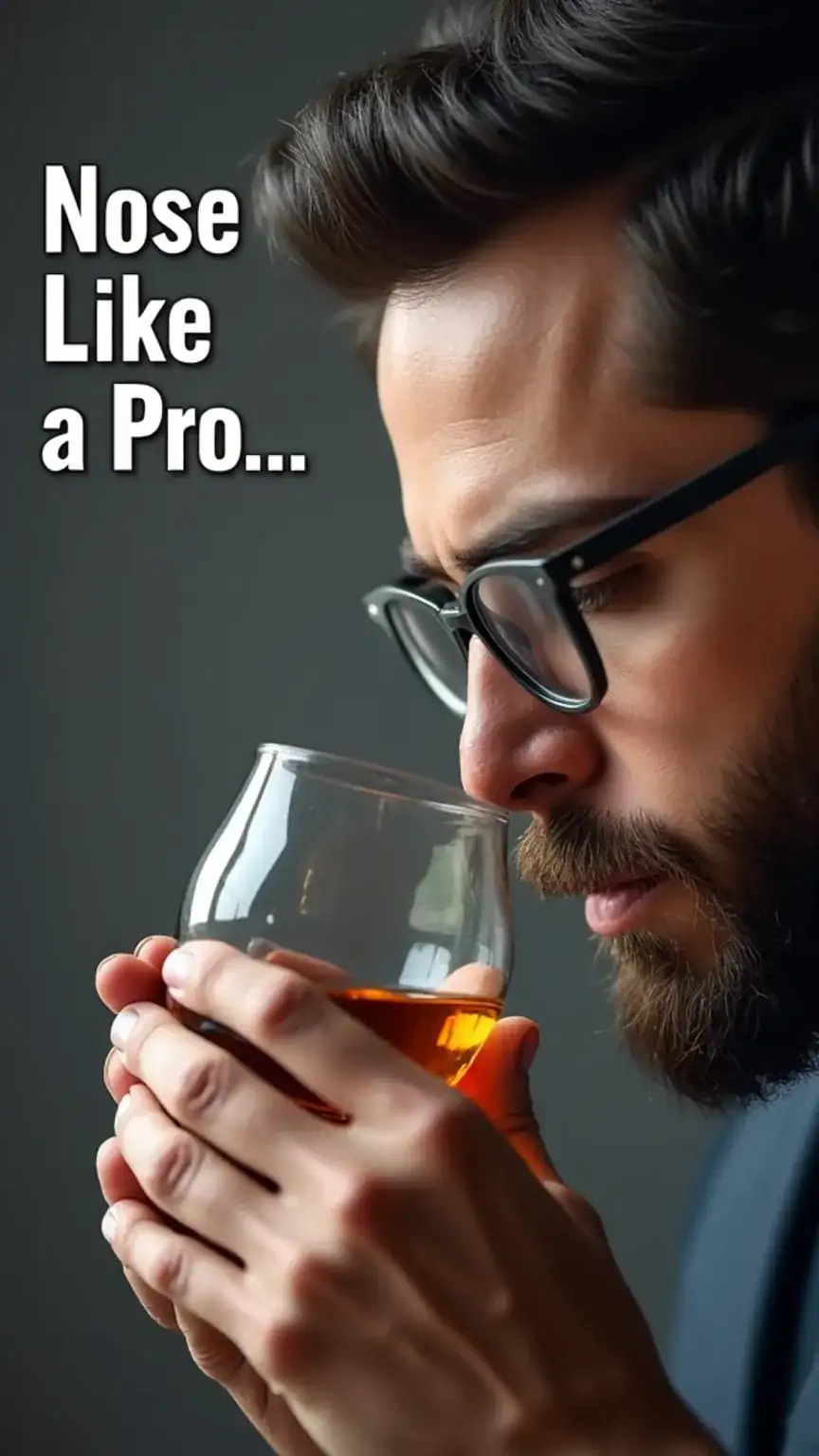
The process can be broken down into three key stages: the nose, the palate, and the finish. Each stage offers unique insights into the whiskey’s character. Approaching each step with mindful attention will transform your enjoyment. Remember, there’s no single “right” way to taste, but these guidelines will help you unlock more from your dram.
The Three Pillars of Whiskey Tasting
- The Nose (Aroma): Begin by holding the glass about an inch from your nose and taking a gentle sniff. Then, bring it closer and take a deeper inhale. You should be able to pick up on the primary flavor profiles and aromas. Are they sweet, fruity, smoky, or spicy? Does it remind you of anything specific, like vanilla, caramel, leather, or even the sea? For example, a good bourbon might offer notes of caramel and vanilla, while a young Scotch might present a more intense, smoky aroma.
- The Palate (Taste): Take a small sip and let the whiskey coat your entire mouth for a few seconds. Pay attention to the initial flavors that hit your tongue and how they evolve. Does the sweetness come first, followed by spice, or is it a smooth, mellow experience? Consider the texture – is it viscous and oily, or light and crisp? Take it from Dave, a 45-year-old accountant who landed his dream client after revamping his LinkedIn profile photo – appreciating these nuances is like finding that perfect detail that elevates the whole picture.
- The Finish (Aftertaste): This is the lingering flavor after you’ve swallowed the whiskey. Pay attention to how long the flavors last on your palate and whether they leave a pleasant or unpleasant sensation. Is it warm and inviting, or does it fade quickly? A long, pleasant finish is often a hallmark of a well-crafted whiskey. For instance, a complex single malt Scotch might leave you with a lingering warmth and notes of oak and spice, whereas a lighter whiskey might have a shorter, cleaner finish. Consider making a classic cocktail with it.
Practical Tasting Tips
- Use the Right Glass: A tulip-shaped glass (like a Glencairn) is ideal as it concentrates the aromas. However, a standard snifter or even a small wine glass will work.
- No Ice (Initially): Try your whiskey neat first to get a true sense of its flavor. If it’s too strong, you can add a drop or two of water, which can actually open up the aromas and flavors.
- Take Your Time: Don’t rush the process. Savor each sip and allow the flavors to develop.
- Taste in Order: If you’re trying multiple whiskeys, start with lighter, lower-proof options and move towards richer, higher-proof ones.
My Favorite Whiskeys for Beginners: Curated Selections
Now that you’re armed with the knowledge of whiskey types and tasting techniques, let’s get to the fun part: the actual tasting! As a fellow traveler on this whiskey journey, I’ve curated a list of exceptional whiskeys that are perfect for beginners. These selections offer a fantastic entry point, showcasing distinct characteristics without overwhelming the palate. They provide a great balance of approachability and quality, ensuring a positive first impression.
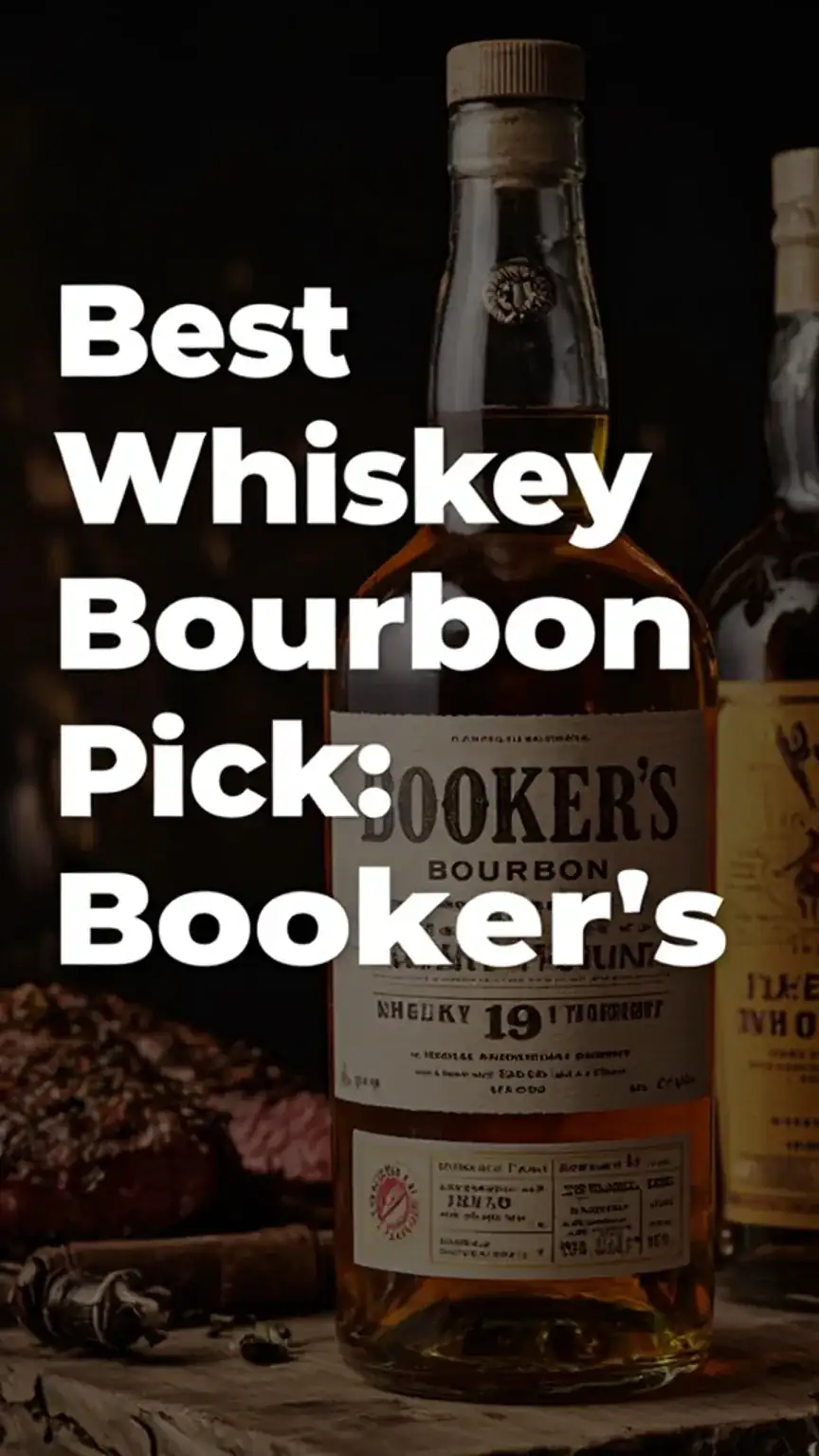
These aren’t just random picks; they are carefully chosen drams that represent their categories beautifully. They offer a gateway to understanding what makes each type of whiskey unique. My aim here is to provide you with confidence as you step into a liquor store or a bar, knowing you have a few reliable starting points. This will help you avoid the common pitfall of being paralyzed by choice.
Bourbon: The Sweet Embrace of American Tradition
- Booker’s Bourbon (Little Book, or any Batch Release): While the specific batch changes, Booker’s consistently offers a robust, full-bodied bourbon experience. It’s bottled at barrel strength, meaning it hasn’t been diluted with water after aging, giving it a rich, intense flavor. Expect notes of vanilla, caramel, oak, and a pleasant warmth that lingers. It’s a fantastic introduction to the power and depth of American whiskey.
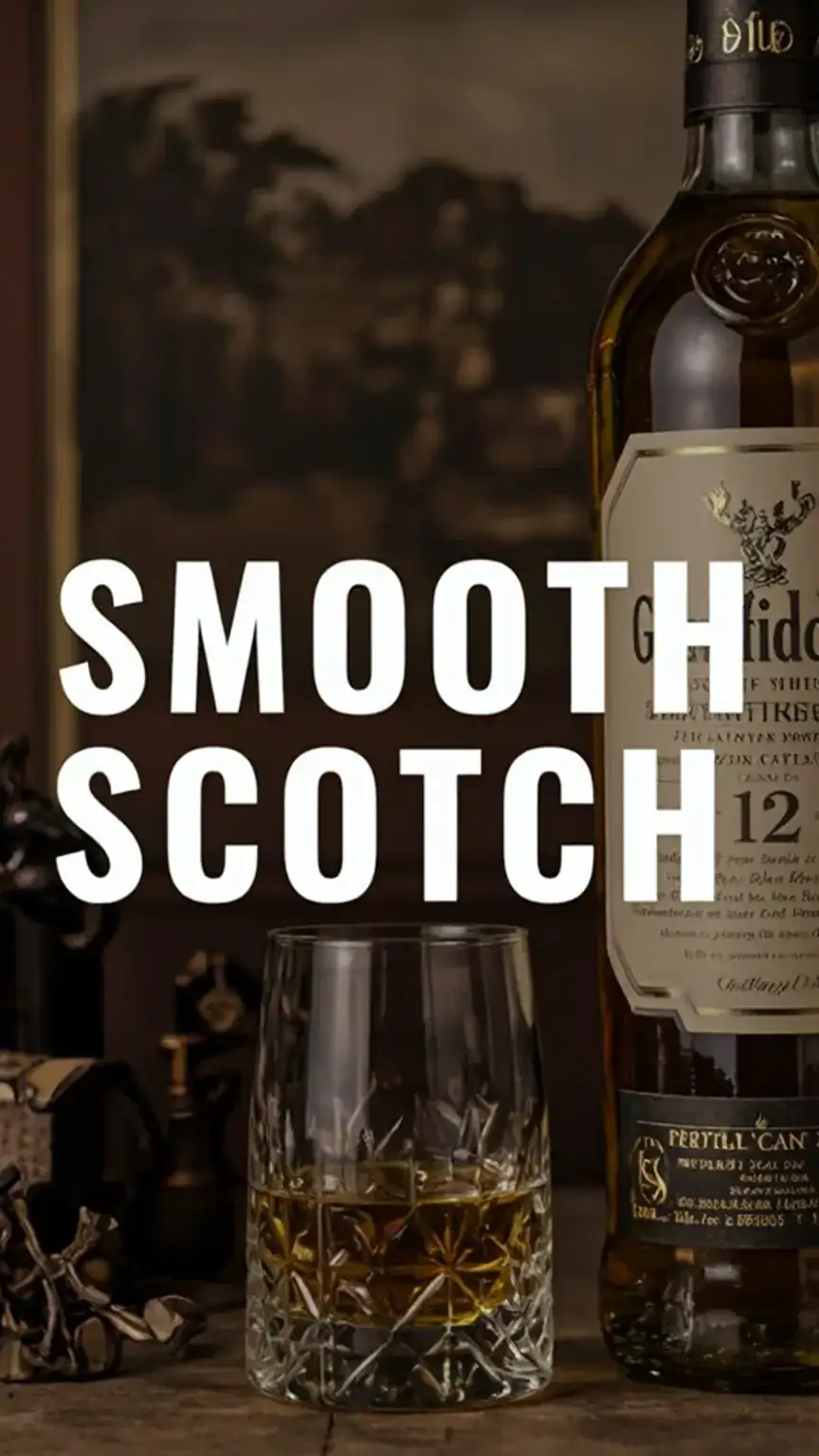
- Maker’s Mark: This is a classic for a reason. Maker’s Mark uses wheat as its secondary grain instead of rye, which results in a much smoother, sweeter, and more approachable profile. It’s known for its notes of vanilla, caramel, and a hint of fruit. The red wax seal is iconic, and the whiskey inside is consistently enjoyable, making it a go-to for many, including myself when I want something reliably smooth.
Scotch: The Majestic Spirit of Scotland
- Glenfiddich 12-Year-Old Single Malt Scotch: Glenfiddich 12 is often considered the quintessential Speyside single malt and a superb introduction to Scotch whisky. It’s known for its smooth, mellow, and complex character. You’ll find delightful notes of fresh pear, citrus, oak, and a subtle sweetness. It’s elegant, refined, and incredibly easy to drink, making it a favorite for many.
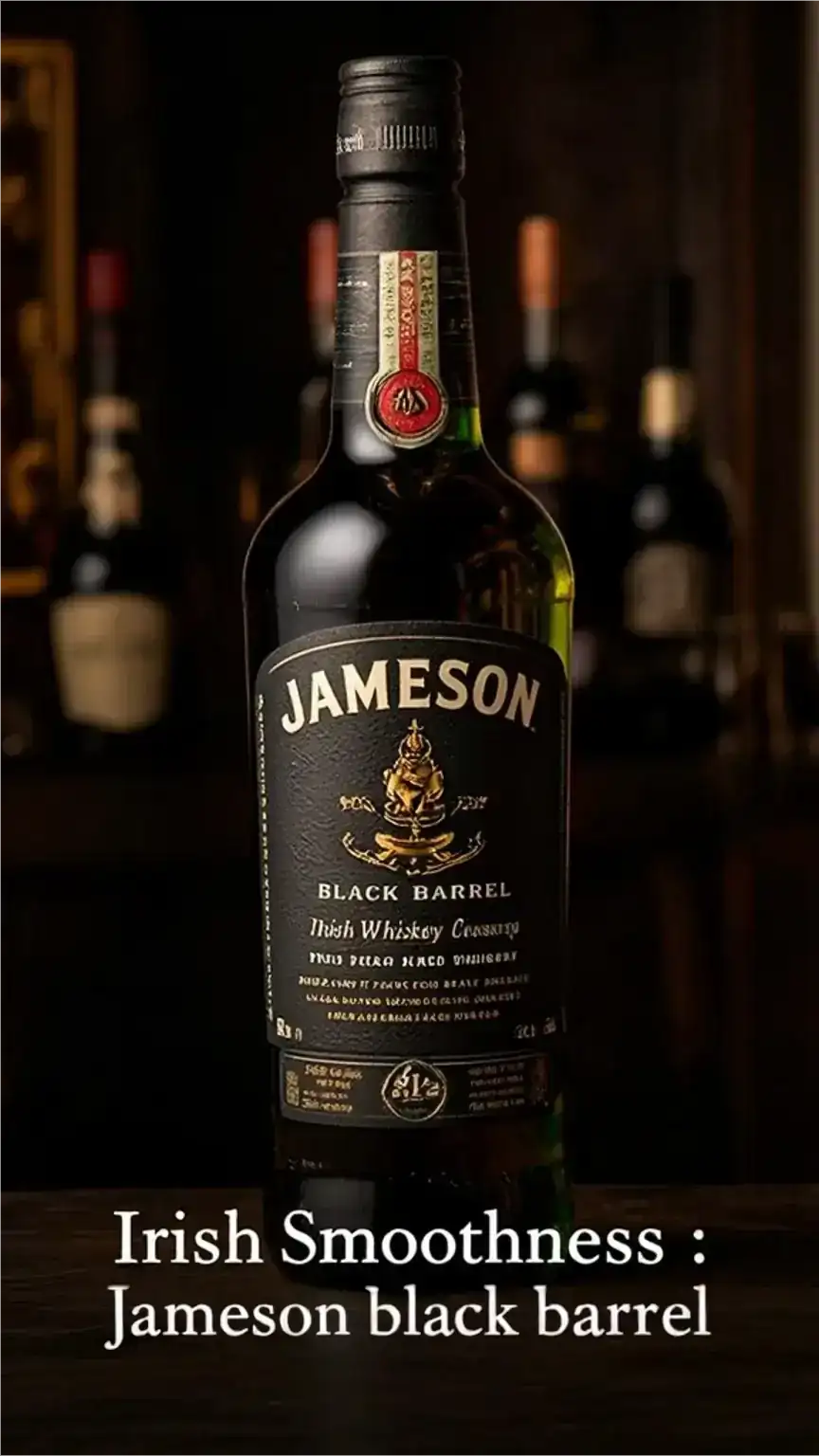
- The Macallan 12 Year Old Sherry Oak: For those intrigued by richer, more complex flavors with a touch of sweetness, The Macallan 12 Sherry Oak is an excellent choice. Aged in sherry-seasoned oak casks, this Scotch delivers rich notes of dried fruit, spice, and a hint of chocolate. It offers a more luxurious experience and is a wonderful way to explore the impact of cask aging on flavor.
Irish Whiskey: Smoothness and Approachability
- Jameson Black Barrel Irish Whiskey: This is a step up from the standard Jameson and offers a richer, more complex flavor profile. It’s double-distilled and then triple-casked, with the final maturation in heavily charred bourbon barrels. This process imparts a wonderful depth with notes of vanilla, caramel, toasted toffee, and a subtle smokiness that’s incredibly smooth and inviting. It’s a fantastic whiskey for those who appreciate a smooth sip with a bit more character.
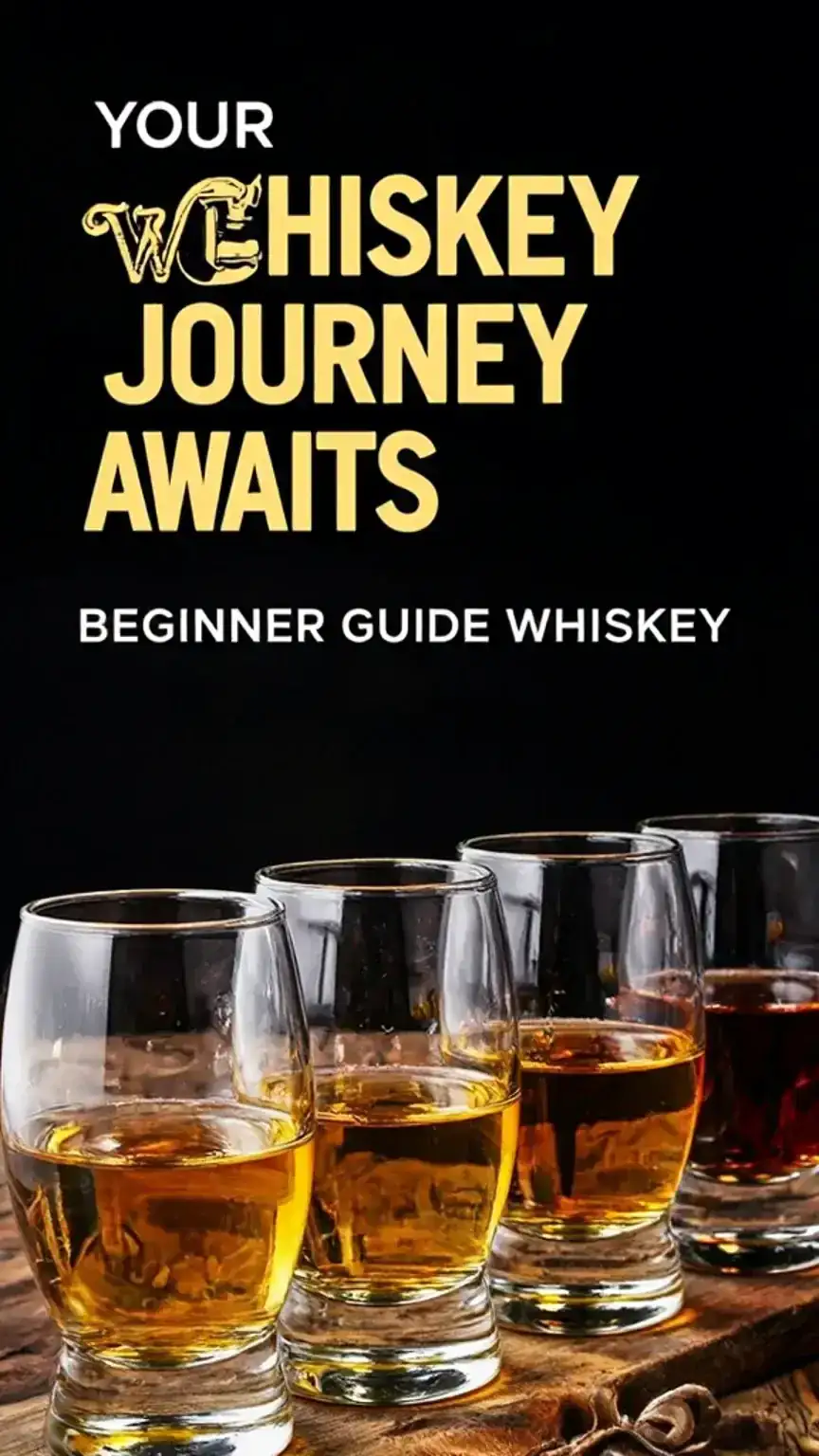
- Redbreast 12 Year Old: If you’re interested in exploring single pot still whiskey, Redbreast 12 is an absolute must-try. This style of Irish whiskey is unique to Ireland and is known for its rich, spicy, and creamy character. Redbreast 12 offers a beautiful balance of fruit, spice, and nuttiness, making it a sophisticated yet approachable choice.
The Takeaway: Your Whiskey Adventure Awaits
Whiskey is a complex and nuanced spirit, but as you can see, it doesn’t have to be intimidating. By understanding the different types, familiarizing yourself with flavor profiles, and practicing a few simple tasting techniques, you’ll be well on your way to becoming a confident whiskey enthusiast. The most important thing, however, is to have fun with it and to experiment with different whiskeys until you discover the ones that truly resonate with your palate.
Think of this as a personal journey of discovery. Each bottle is an opportunity to learn something new about yourself and the world of spirits. Don’t be afraid to try something new, even if it’s outside your comfort zone. That unexpected find might just become your new favorite. Your future self, the one who can confidently navigate any whiskey menu, will thank you for starting today.
Ready to own your image and elevate your evenings? Start by picking up one of these recommended bottles and sharing your tasting notes. Tag a friend who needs a style intervention in their whiskey game! Share your #WhiskeyJourney or #BeginnerBourbon on social media and let’s build a community of discerning drinkers.
